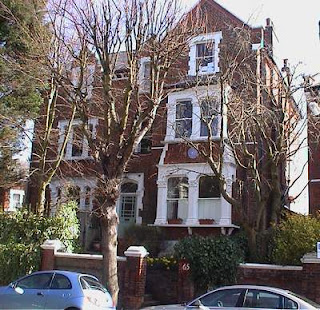EXPANSION OF BRITISH EMPIRE IN INDIA
1) First Carnatic War- 1745-48-Austrian War cause- Nawab ofCarnatic supported British but lost- Victory forFrench- difference between Dupleix andLa Bourdaunaris- Treaty of
Aix.La Chapple- Madras given back-Proved superiority of foreign army over Large local Army
2) Second Carnatic War-1749-54-Originally Dupleix,Chanda Sahib, and Nasir Jung joined and defeated Md Ali in the battle of AMBUR..later Marathas, Tanjore and British supported him and Capture ofArcot by Clive- French influence restricted toHyderabad.


















